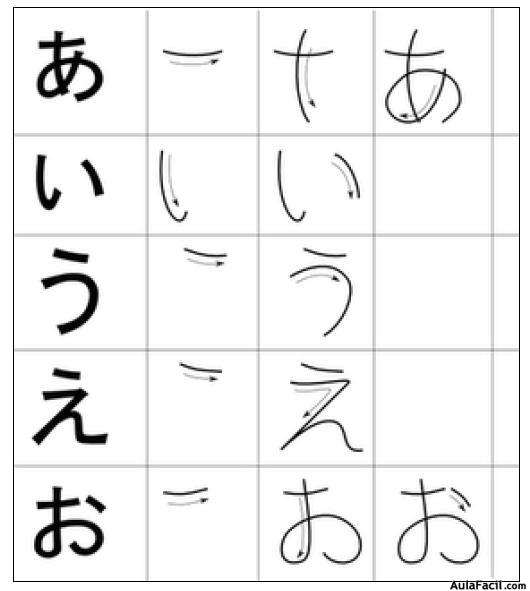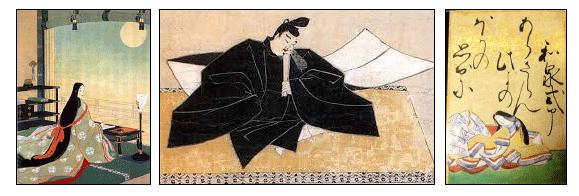Introduction of Pronouns
Content: Introduction of Pronouns, Writing Practice – Hiragana sounds (A,I, U, E, O)
Aim: How do we say who we are in Japanese?
New Vocabulary: (We will cover the hiraganas in ( ) in later chapters.)
Japanese | Romaji | English (Spanish) |
(わたし) | watashi | I for formal and I for female |
(ぼく) | boku | I for informal for male |
(わたしたち) | watashi tachi | we |
あnata (あなた) | anata | you |
あnatatachi (あなたたち) | anata tachi | you - plural (vosotros) |
(かれ) | kare | he |
(かれら) | kare ra | they – males or mixed gender group (ellos) |
(かのじょ) | kanojo | she |
(かのじょたち) | kanojo tachi | they – females (ellas) |
gakuseい / seいto (がくせい/せいと) | Gakusei / seito | student |
senseい (せんせい) | sensei | teacher |
I. Lesson Point:
In Japanese, nouns are made plural by the use of plural compounds used with pronouns, by using counters or adverbs, or by the context of the sentence. There is essentially no plural form for nouns, everything is singular. In the example above the word for student is the same whether it refers to one student or one hundred students it is still the same.
Sample Sentences:
Watashi wa gakusei desu. (I am a student)
Watashi tachi wa gakusei desu. (We are students)
Kare wa gakusei desu. (He is a student)
Karera wa gakusei desu. (They – males- are students)
Kanojo wa gakusei desu. (She is a student)
あnata wa sensei desu (You are a teacher)
Kanojo wa sensei desu. (She is a teacher)
Kanojo tachi wa sensei desu. (They – females – are teachers)
| S-2-1 |
I. Mini-Quiz: (Test your knowledge)
Part A: Write the English word in the spaces provided.
Watashi _________________________
Boku _________________________
Watashi tachi _________________________
Anata _________________________
Anata tachi _________________________
Kare _________________________
Kare ra _________________________
Part B: Fill in the blanks
a. _______ wa gakusei desu. (they – males- are students)
b. _______ wa _______ desu. (she is a student)
c. ________ wa gakusei desu (we are students)
Quiz Answers:
Part A: I (female), I (male), we, you, you (plural), he, they (male plural)
Part B: a. karera, b. kanojo, gakusei, c.watashitachi
Fun Fact:
You may have heard that Japanese people use the word “San” after a person’s last name when they are speaking to another person in the formal sense. However did you know that there are different suffixes that people use after a person’s name to address them based on the level of the relationship? Here are the most common examples:
1. Tanaka sama – “sama” is used after someone’s last name in a very formal setting.
2. Tanaka san or Kaori san – “san” is used after someone’s last or first name in a formal or working environment. Especially when the person you are speaking to is older than you or of a higher rank than you.
3. Kaori chan – “chan” is a term of endearment that is used to address a female who is younger than you or someone who is very close to you.
4. Keiji kun – “kun” is used in the same way as chan but is only for males.
Writing Practice: Hiragana (A, I, U, E, O)

Practice writing the following words in Hiragana
Blue - Ao - ___________________(あお)
House – Ie - __________________ (いえ)
3. Love – Ai - ____________________(あい)
4. Up – Ue - ______________________(うえ)
